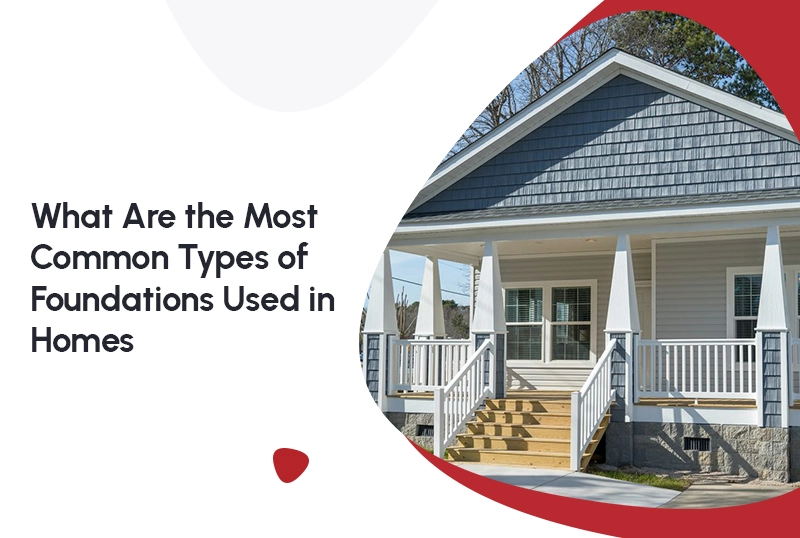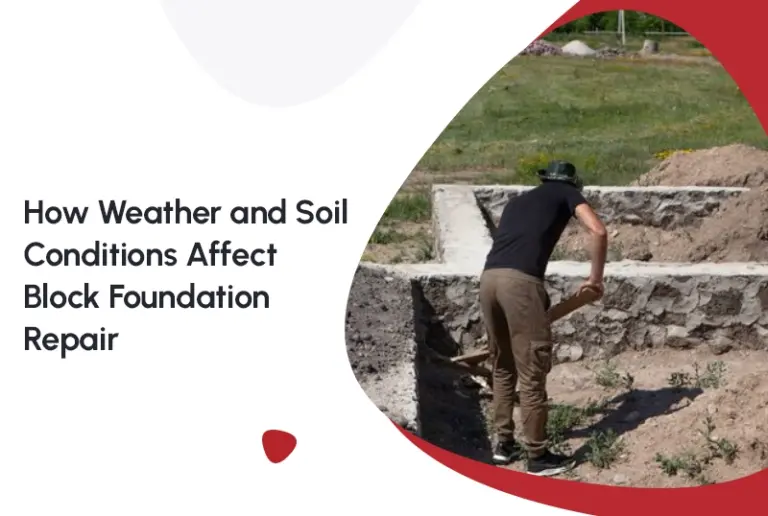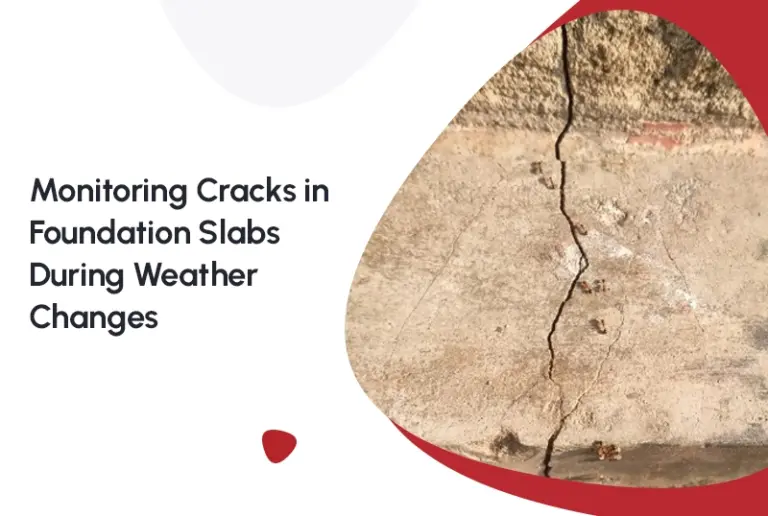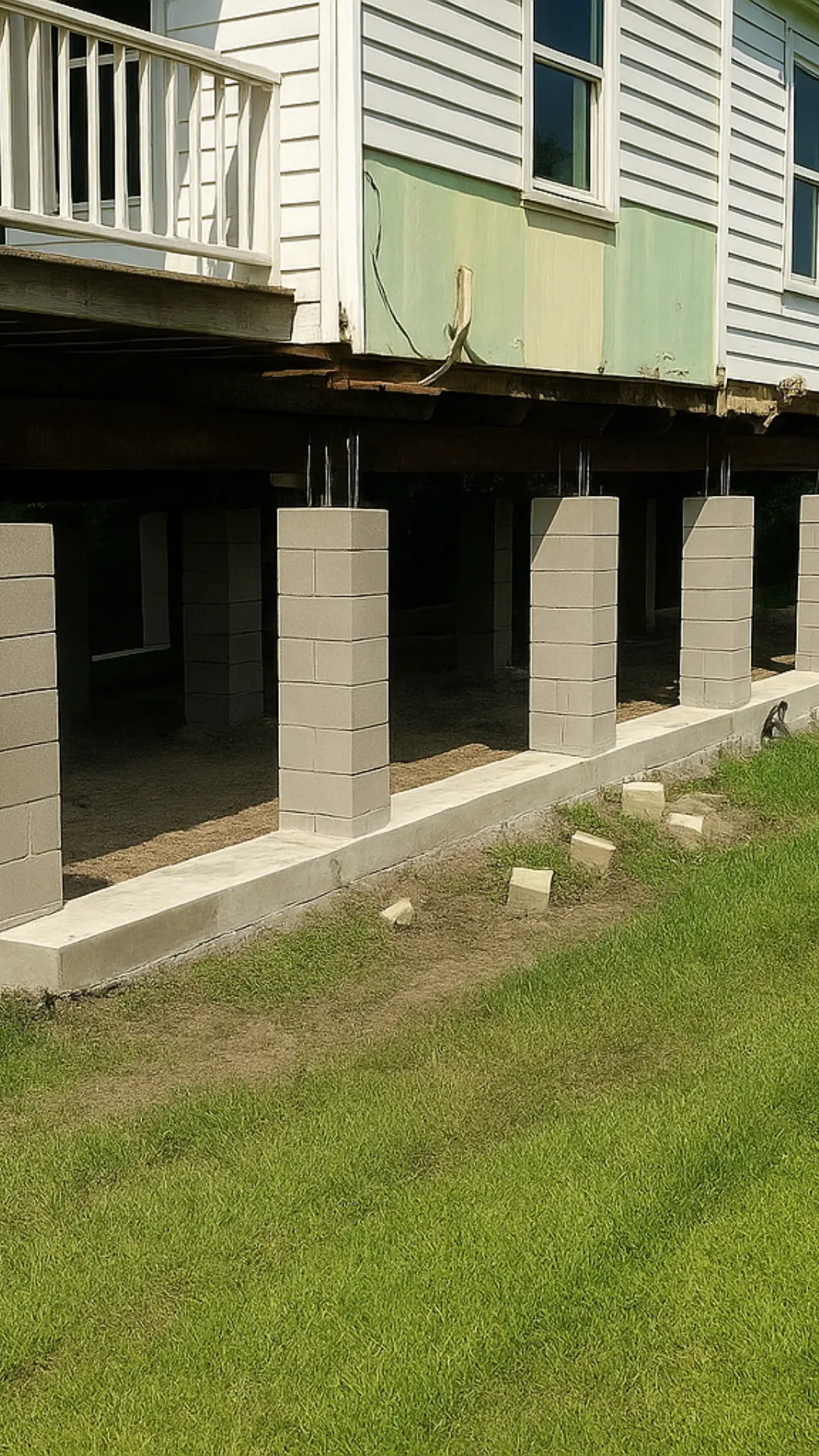The strength and safety of your home start with its foundation. Selecting the right type of foundation isn’t just a construction choice, it’s a long-term investment in your property’s durability, safety, and overall value. At FNF Foundation, we educate homeowners on the most common types of foundations so you can make well-informed decisions that protect your home for years to come.
If you’re building new or noticing uneven floors, our trusted House Leveling services ensure your home stays safe, level, and secure from the ground up.
Why Knowing the Types of Foundations Matters
Not all foundations are created equal. Soil conditions, climate zones, and house designs all influence the best foundation choice. A poorly selected foundation can lead to cracks, moisture issues, and the need for urgent Foundation Repair. Understanding your foundation type isn’t just useful during construction it’s essential for long-term home maintenance and value protection.
Most Common Types of Foundations
Below are the four most widely used types of foundations in residential homes. Each has distinct characteristics, benefits, and challenges.
1. Slab-on-Grade Foundation
Popular in warmer climates, a slab-on-grade foundation consists of a single layer of concrete poured directly onto a leveled ground surface.
Pros:
- Cost-effective and quick to construct
- Low risk of termite infestation
- Minimal excavation required
Cons:
- Poor choice in flood-prone areas
- Difficult access to plumbing/electrical beneath the slab
- Can crack if the soil shifts
Over time, homes with slab foundations may require leveling or Foundation Repair due to soil settlement or moisture problems.
2. Pier and Beam Foundation
Also called post-and-beam, this foundation elevates the home above the ground using piers (usually concrete) and wooden beams.
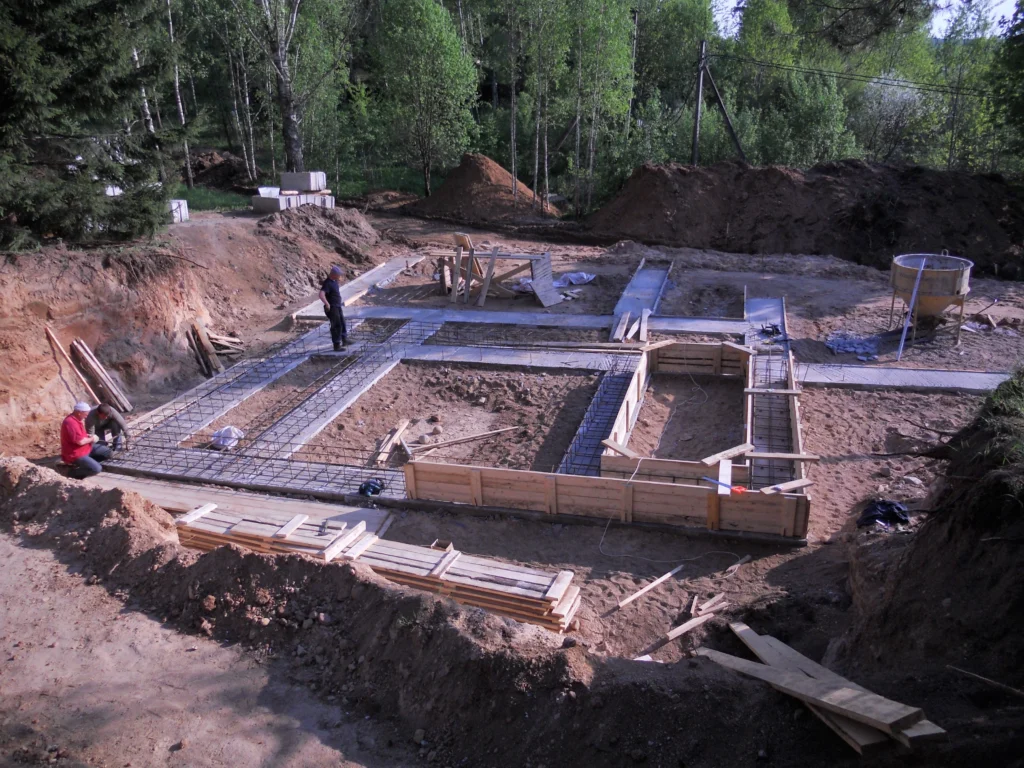
Pros:
- Ideal for flood-prone or shifting soil areas
- Easier access to utilities
- Promotes air circulation underneath the house
Cons:
- Requires periodic Pier & Beam Foundation Repair
- Prone to wood rot and pests if not maintained
- More expensive than slab foundations
This type is especially common in older homes and rural settings with softer or inconsistent soil.
3. Basement Foundation
This type of foundation features a full underground level used for living space or storage, constructed with reinforced concrete walls.
Pros:
- Adds valuable square footage
- Excellent insulation from extreme temperatures
- Protects plumbing and HVAC systems
Cons:
- Expensive to build and maintain
- Susceptible to water intrusion
- Must be properly waterproofed to avoid mold and mildew
Basement foundations are most often found in colder regions with deeper frost lines.
4. Crawl Space Foundation
This type of foundation slightly raises the home above the ground, creating a shallow space (1 to 3 feet) between the home and the earth.
Pros:
- Protection from moisture and pests
- Accessible for plumbing or electrical repairs
- More affordable than basements
Cons:
- Requires ventilation and moisture control
- Vulnerable to mold without proper maintenance
- May need House Leveling over time
Homes with crawl spaces often develop uneven floors or shifting piers due to moisture-related soil movement.
Factors That Influence Foundation Choice
Selecting the right types of foundations involves more than just budget. Considerations include:
- Soil type and load-bearing capacity
- Local climate, including frost depth and rainfall
- Flood risk and elevation
- House design and square footage
- Construction costs
- Local building codes and regulations
Making the right choice during construction can prevent costly foundation issues down the road.
When Foundations Need Repair
Even a perfectly chosen and constructed foundation can develop issues over time. Soil movement, erosion, moisture, and aging materials all contribute to structural wear.
Common signs your foundation may need attention include:
- Cracks in drywall or flooring
- Doors and windows sticking or misaligned
- Sloping or sagging floors
- Gaps between walls and ceilings
- Water intrusion in basements or crawl spaces
If any of these appear, it’s time to consult professionals like FNF Foundation for a thorough inspection and repair plan.
Professional Help Makes All the Difference
Foundation damage should never be ignored. Delaying repairs can lead to significant structural and financial consequences. That’s why working with trusted experts matters.
FNF Foundation specializes in:
- House Leveling for restoring structural balance
- Pier & Beam Foundation Repair to reinforce compromised supports
- Foundation Repair of all foundation types using proven techniques
We begin with a detailed inspection and tailor each repair plan to your home’s needs and environment.
Conclusion
Your home’s foundation is more than concrete and beams—it’s the core of your home’s integrity. Whether you live on a slab, pier and beam, crawl space, or basement, knowing how each foundation type functions can protect your property and your wallet. When problems arise, don’t wait. Contact FNF Foundation for trusted solutions in House Leveling, Pier & Beam Foundation Repair, and complete Foundation Repair services.
Frequently Asked Questions
Q: What are the most common types of foundations?
A: The most common types of foundation in U.S. homes include slab-on-grade, pier and beam, crawl space, and basement foundations.
Q: Which types of foundations is best for wet climates?
A: Pier and beam or crawl space foundations work best in areas with high moisture or flood risk, thanks to their elevation and ventilation features.
Q: Can I change my home’s foundation type later?
A: Changing a foundation type is rarely feasible and usually very costly. It’s best to maintain and repair your current foundation using professional services like those from FNF Foundation.
